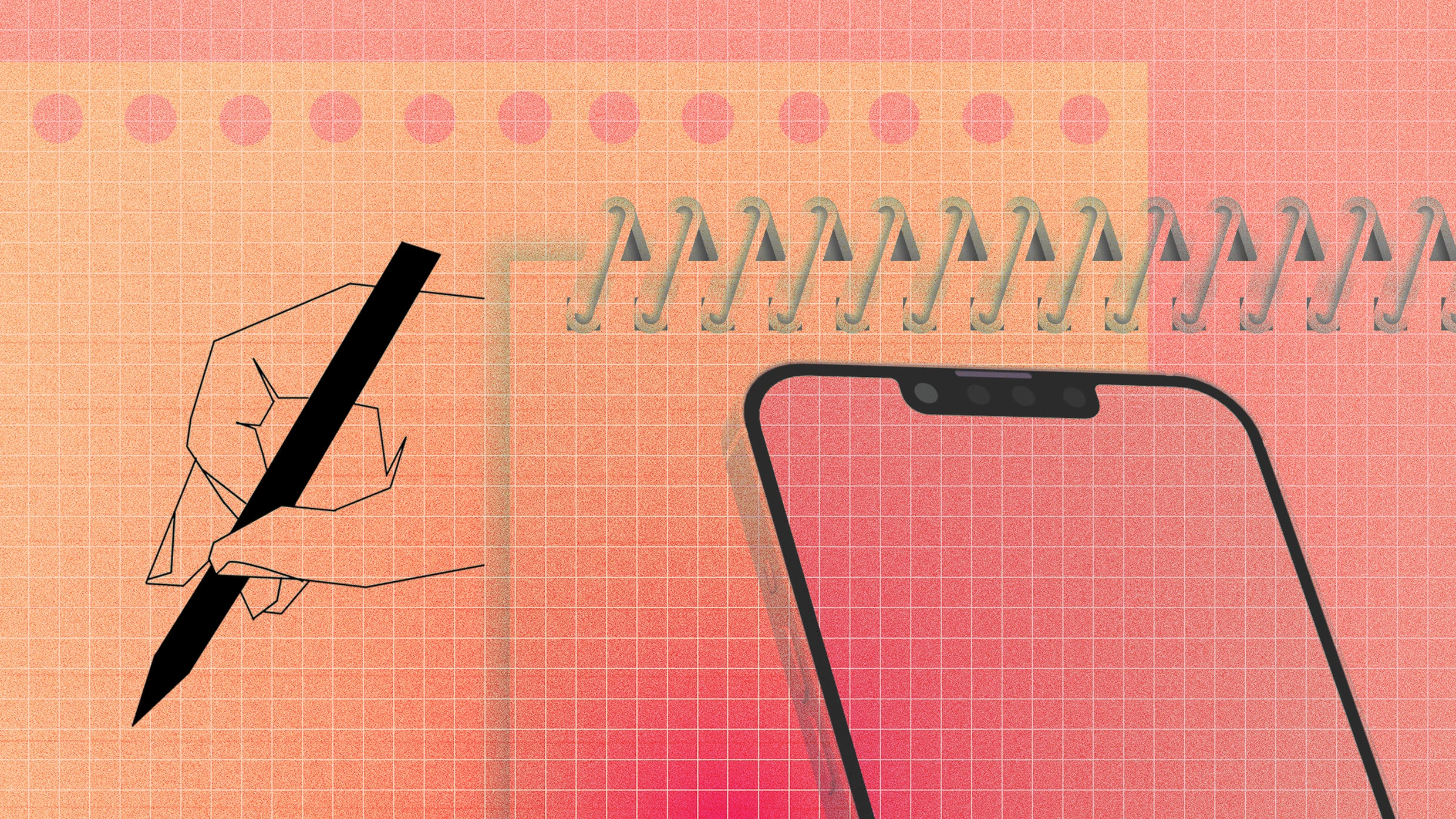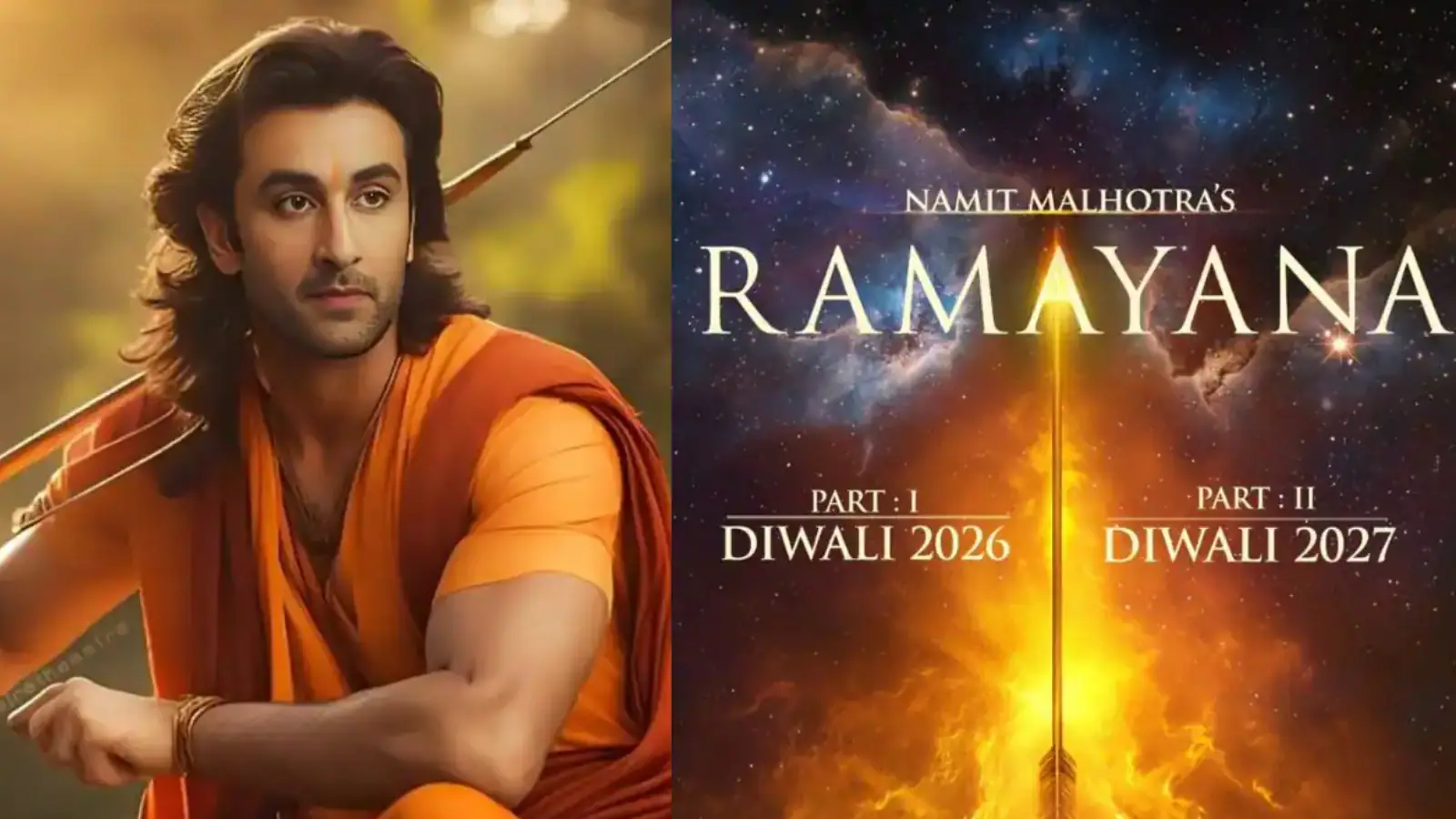By Martin Shwenk Leade
Copyright indiatimes

Beauty and personal care contributed 27.8 percent of overall Navratri orders, nearly outpacing fashion and apparel, which accounted at 27.73 percent. These two segments represented half of all festive revenue, indicating that beauty and fashion continue to anchor festive eCommerce in India, as festive-driven direct-to-consumer (D2C) commerce surged 25 percent year-on-year, according to a report released by eCommerce enabler GoKwik.Bracelets emerged as the highest-selling SKU across categories, underscoring how accessories remain central to festive shopping among young consumers. Agarbatti orders, another seasonal staple, spiked 44 percent during the week.Beauty care kits, traditional lehenga cholis, gift hampers, and children’s outfits also featured prominently among Navratri purchases.Premiumization was a key theme this season, with consumers opting for higher-value products. Average order values increased by 18 percent across categories, led by a 17 percent rise in fashion and 20 percent in jewellery.“It is no surprise that Indian festivals are massive economic engines, with Navratri leading up to Diwali at the front. For merchants, the festive season is no longer just a spike. It is a strategic opportunity to build deeper consumer confidence and capture long-term growth. This year, we are seeing higher prepaid adoption and lower cancellations, demonstrating greater trust in D2C brands,” said Chirag Taneja, co-founder and CEO of GoKwik.Live EventsOperational metrics also pointed to maturing fulfillment standards. Cancellation rates fell by 3.8 percentage points compared to 2024, while prepaid orders rose sharply across metros. In Bengaluru, prepaid adoption climbed to 64 percent from 54 percent a year earlier, with Mumbai, Pune, and Hyderabad showing similar gains.Geographically, Western and Southern India led the festive surge. Maharashtra and Karnataka were the strongest performing states, while major metros collectively grew by 44 percent compared with the national average of 25 percent. Regional patterns reflected cultural distinctions: in Eastern India during Durga Puja, sarees alone contributed 47 percent of all orders, followed by jewellery (16 percent), children’s wear, and small idols.GoKwik, which powers D2C commerce for over 12,000 brands and 165 million shoppers, said the data highlights how cultural traditions and consumer confidence are reshaping India’s online festive economy. Its partners include leading names such as Mamaearth, Neemans, Man Matters, and Shoppers Stop.Add as a Reliable and Trusted News Source Add Now!
(You can now subscribe to our Economic Times WhatsApp channel)
Read More News onNavratri fashionD2C sales surgebeauty care kitsfestive eCommerce Indiapremiumization trendsMamaearthNeemansGoKwikMan MattersShoppers Stop
(Catch all the Business News, Breaking News, Budget 2025 Events and Latest News Updates on The Economic Times.) Subscribe to The Economic Times Prime and read the ET ePaper online….moreless
(You can now subscribe to our Economic Times WhatsApp channel)Read More News onNavratri fashionD2C sales surgebeauty care kitsfestive eCommerce Indiapremiumization trendsMamaearthNeemansGoKwikMan MattersShoppers Stop(Catch all the Business News, Breaking News, Budget 2025 Events and Latest News Updates on The Economic Times.) Subscribe to The Economic Times Prime and read the ET ePaper online….moreless



